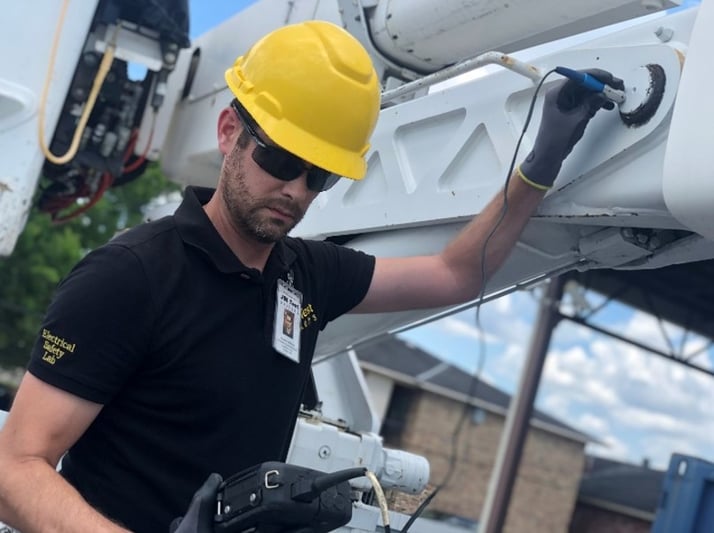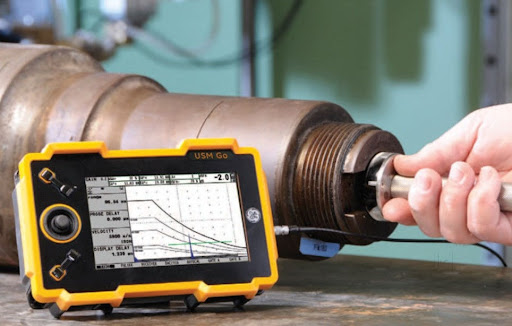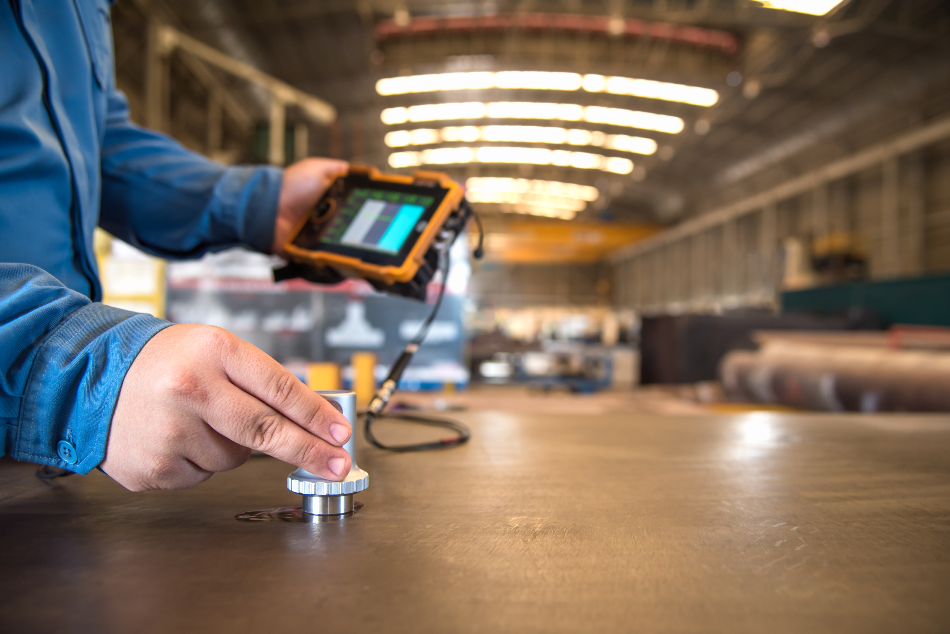In the fast-paced world of industry quality assurance, understanding how to synchronize inspection sensors is crucial. Proper synchronization not only enhances efficiency but also ensures precision in inspection processes. In this article, we’ll explore the fundamental aspects of sensor synchronization, offering insights that can help industry QA professionals optimize their inspection systems.

Understanding Sensor Synchronization
Sensor synchronization refers to the alignment of multiple sensors to operate in unison. This coordination is vital in maintaining the accuracy and reliability of inspection systems. Without synchronization, discrepancies in data collection can lead to errors and inefficiencies.
Why Synchronization Matters
Synchronization ensures that all sensors capture data simultaneously, providing a comprehensive view of the inspection target. This is particularly important in high-speed applications where timing is critical. By learning how to synchronize inspection sensors, you can minimize delays and improve the overall performance of your inspection system.
Key Components of Sensor Synchronization
The key components involved in sensor synchronization include timing signals, communication protocols, and control systems. These elements work together to ensure that each sensor operates in harmony with others, capturing data at precisely the right moment.
Steps to Synchronize Inspection Sensors
Step 1: Identify the Sensors
Begin by identifying the types of sensors used in your inspection system. This may include optical, thermal, or acoustic sensors, each with its own synchronization requirements.
Step 2: Analyze the Inspection Environment
Consider the environment in which the sensors operate. Factors such as lighting, temperature, and humidity can affect synchronization. Proper analysis helps in setting the right parameters for synchronization.
Step 3: Choose the Right Synchronization Method
Different methods are available for sensor synchronization, including hardware-based and software-based approaches. Selecting the right method depends on the specific requirements of your inspection system.
Step 4: Implement Control Systems
Implementing control systems is essential in managing the synchronization process. These systems help in coordinating the operation of multiple sensors, ensuring that they work together seamlessly.
Common Challenges in Sensor Synchronization
Timing Issues
One of the most common challenges is timing discrepancies. Accurate timing signals are necessary to maintain synchronization, and any deviation can lead to errors.
Communication Protocols
Choosing the right communication protocol is crucial in ensuring seamless data exchange between sensors. Incompatible protocols can disrupt synchronization and affect the inspection process.
Environmental Factors
Environmental factors such as temperature changes or electromagnetic interference can impact synchronization. Understanding these factors and implementing corrective measures is vital in maintaining accuracy.
Best Practices for Sensor Synchronization
Regular Calibration
Regular calibration of sensors ensures that they remain in sync. Calibration aligns the sensors to a standard reference, reducing the likelihood of errors.
Use of Advanced Technologies
Utilizing advanced technologies such as machine learning can enhance synchronization. Techniques like machine learning help in optimizing frequency and timing, leading to better synchronization results.
Continuous Monitoring
Continuous monitoring of sensor performance helps in identifying potential synchronization issues. Implementing monitoring systems allows for real-time adjustments, ensuring optimal performance.
Applications of Synchronized Sensors
Manufacturing
In manufacturing, synchronized sensors play a crucial role in quality control. They provide accurate and real-time data, enabling quick adjustments to maintain product quality.
Automotive Industry
The automotive industry relies on synchronized sensors for various inspection processes. From checking assembly lines to inspecting finished products, synchronization ensures accuracy and efficiency.
Healthcare
In healthcare, synchronized sensors are used in diagnostic equipment. They provide detailed insights, helping medical professionals in making informed decisions.
Future Trends in Sensor Synchronization
Integration with AI
Integration with artificial intelligence is a growing trend in sensor synchronization. AI algorithms can enhance the coordination and accuracy of sensors, leading to more efficient inspection systems.
Wireless Synchronization
Wireless synchronization is another emerging trend. It offers flexibility and reduces the complexity of wiring, allowing for easier installation and maintenance.
Enhanced Communication Protocols
Developing advanced communication protocols is vital in supporting the growing complexity of inspection systems. These protocols facilitate seamless integration and synchronization of sensors.

FAQs
What are the key benefits of sensor synchronization?
Sensor synchronization offers numerous benefits, including improved accuracy, efficiency, and reliability in inspection processes. It ensures that all sensors capture data simultaneously, providing a comprehensive overview of the target.
How can I ensure proper synchronization in my inspection system?
To ensure proper synchronization, regular calibration, continuous monitoring, and the use of advanced technologies are essential. Implementing control systems and choosing the right communication protocols also play a crucial role.
Are there any challenges in sensor synchronization?
Yes, challenges such as timing issues, communication protocol mismatches, and environmental factors can affect sensor synchronization. Understanding these challenges and implementing corrective measures is vital in maintaining accuracy.
For further insights into inspection tools and techniques, you may find the frequency in inspection tools article helpful. Additionally, the Health and Safety Executive’s guide provides valuable information on inspection standards.
This article contains affiliate links. We may earn a commission at no extra cost to you.
